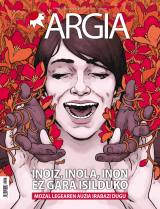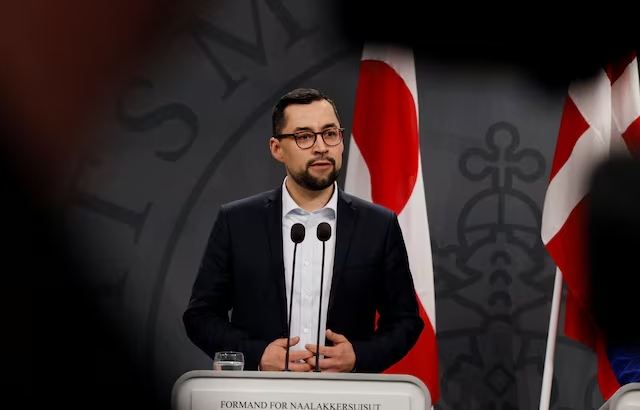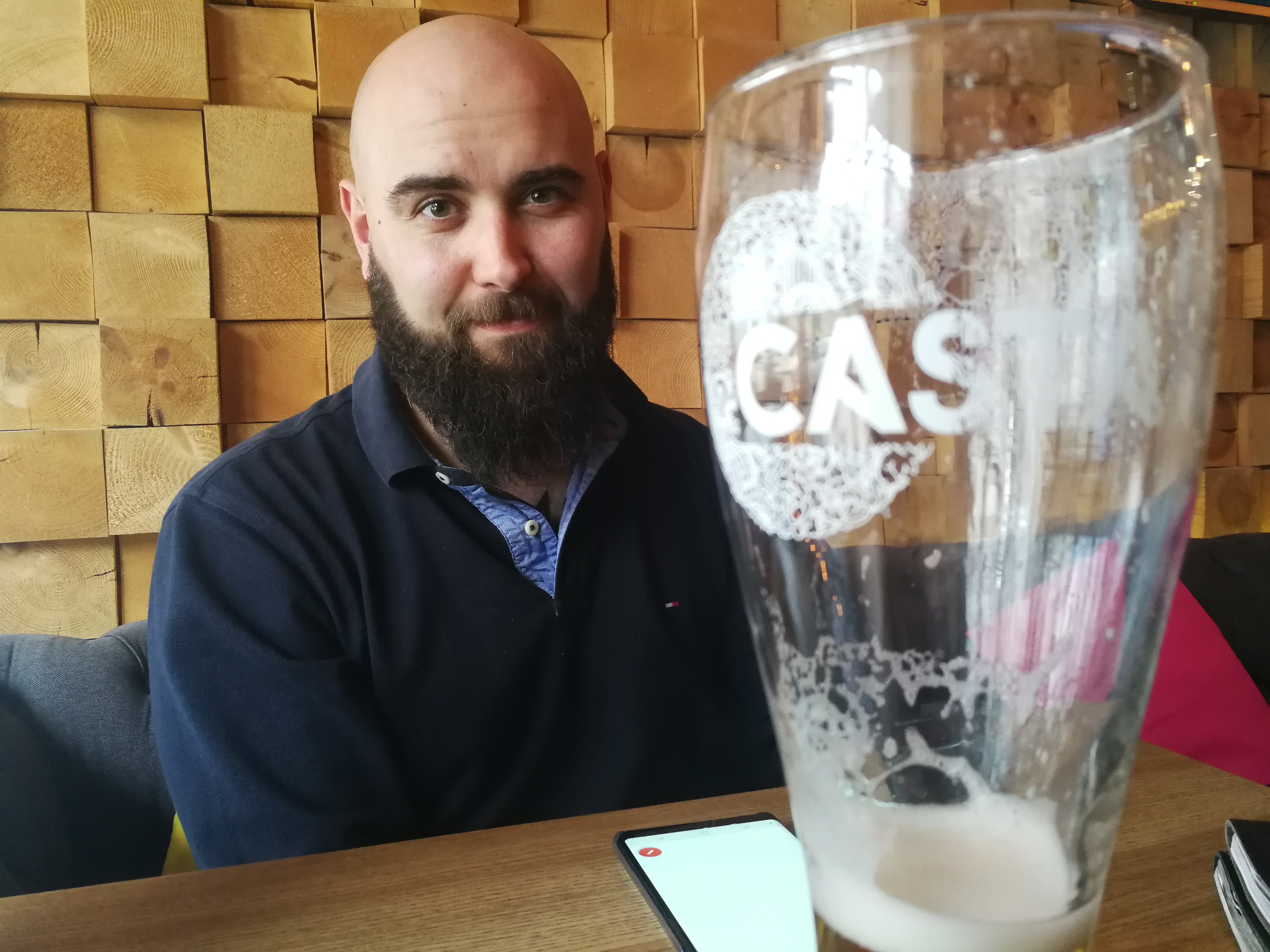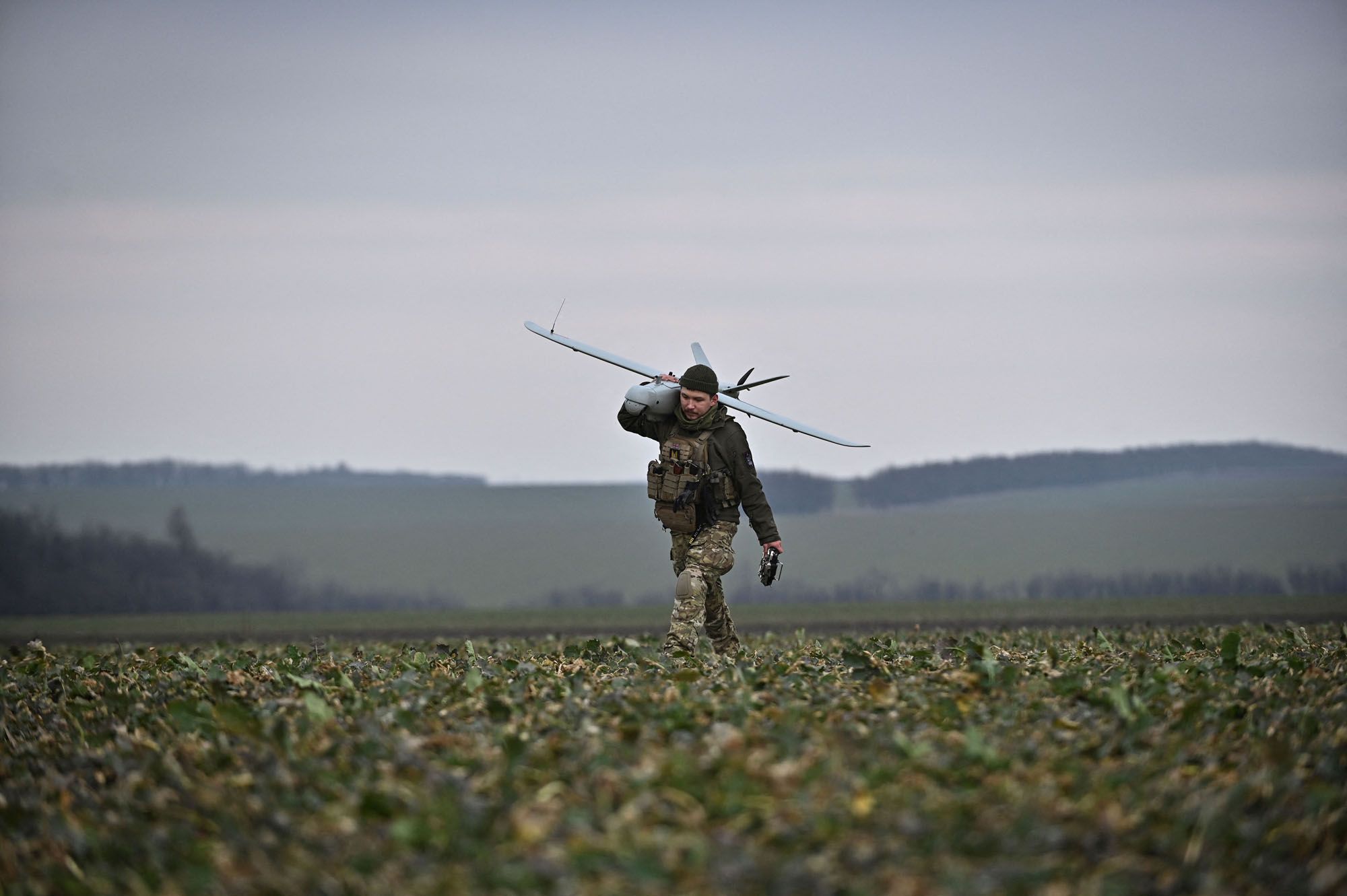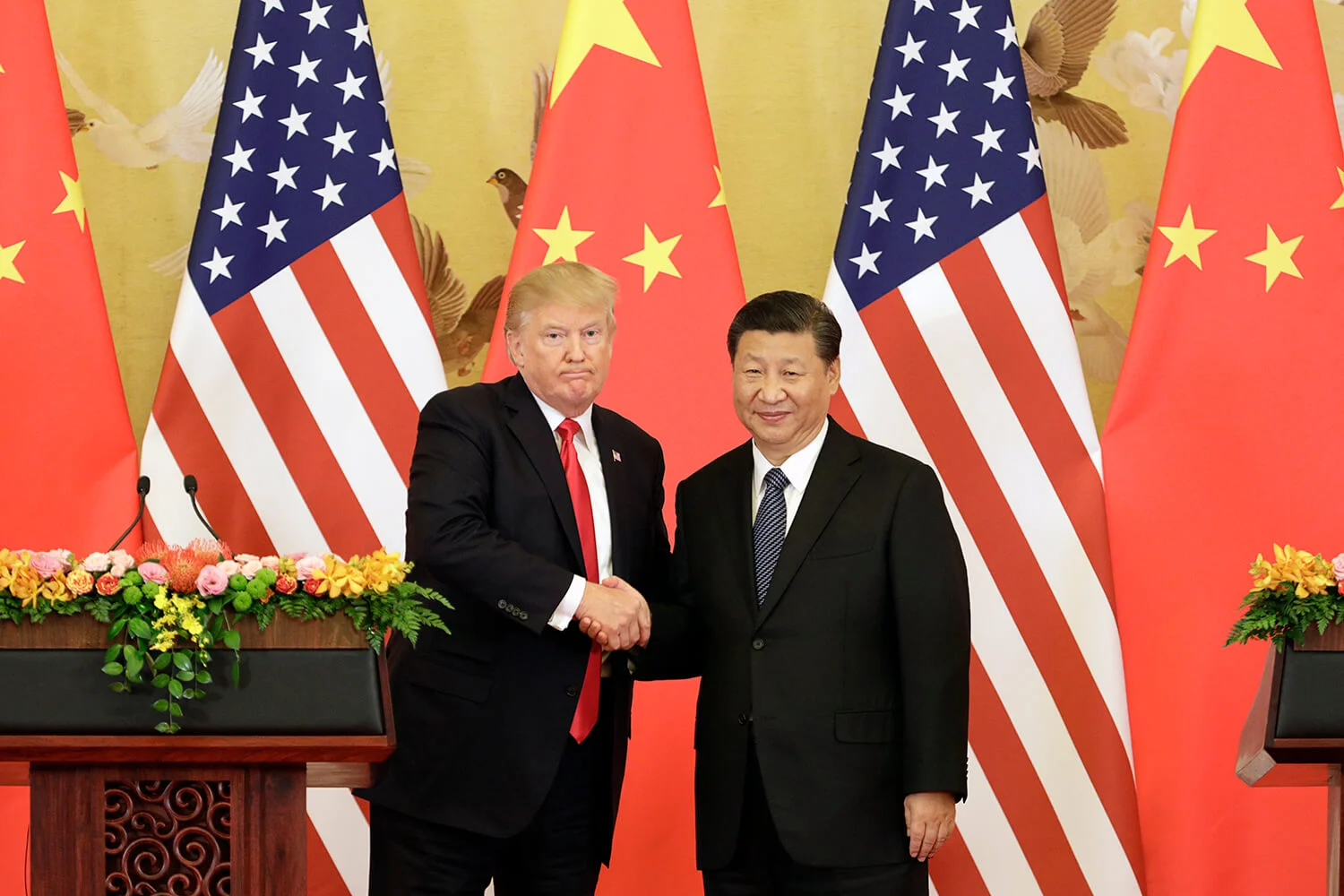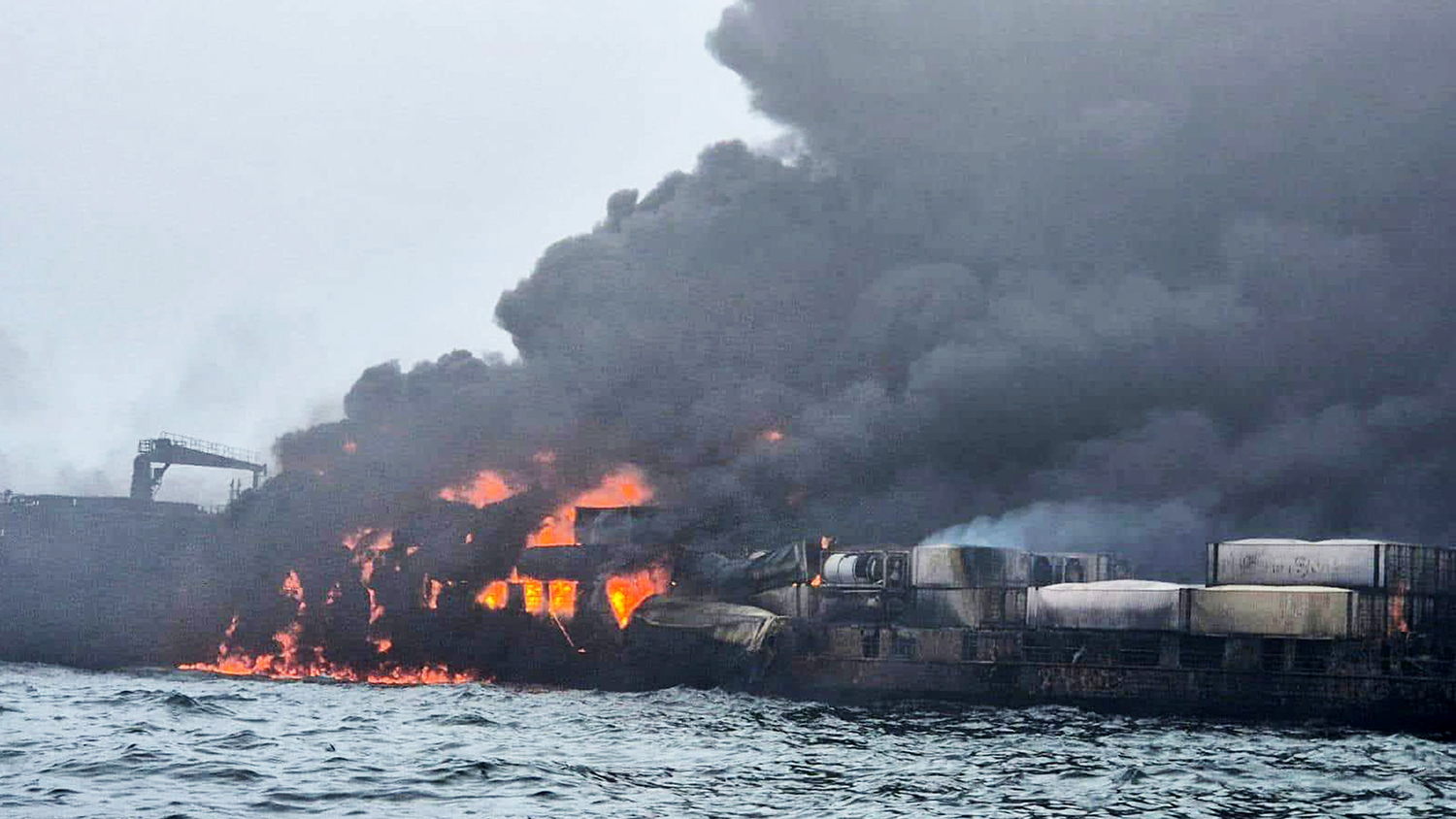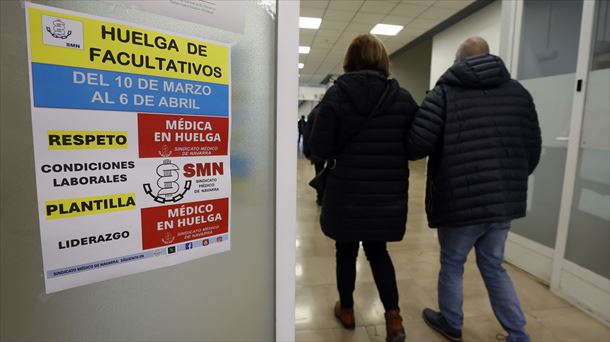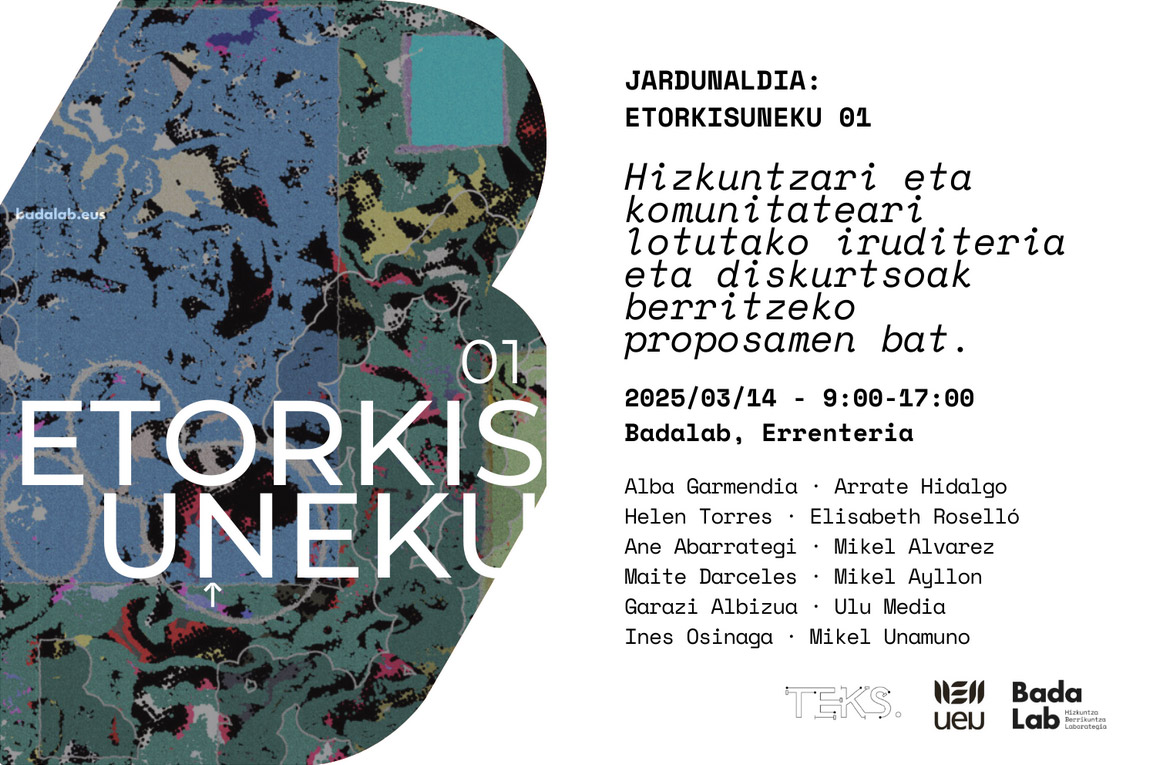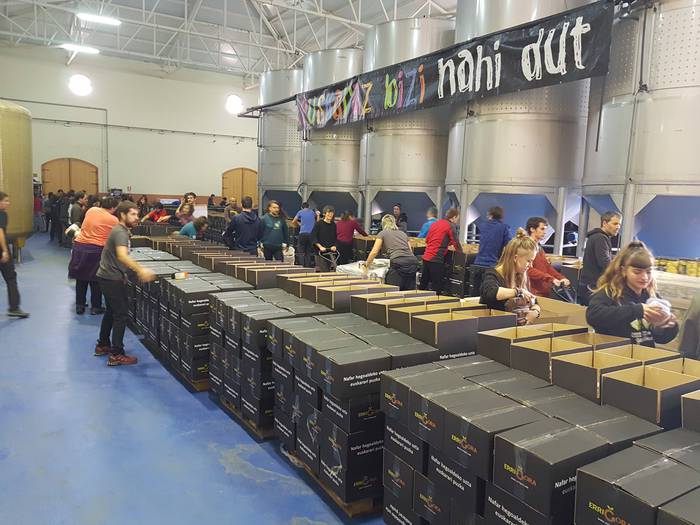"If I had gone to film school, I wouldn't have made the movies I made."
- The American filmmaker was in February at the Tabakalera de Donostia-San Sebastián. It recognizes the feminist referents of independent cinema; if it had followed the norms and theorizations, its films would have been different. Lizzie Borden's film questions everything: power relations between women, heteronorma, social class. It tells us about radical aesthetic choices.

Your first steps in the plastic arts, isn't it?
Yes, it is true. I started as a painter in the art world. While I was in college, I started making art critiques in a magazine, at the proposal of a university professor. But I soon realized that critical knowledge and theories blocked my creativity. I believed that everything I did was done beforehand, and I was in a vicious circle, without moving forward or backward. I thought the way to escape would be to do something new.
Start with zero?
Yes, and without stepping into a school. I met artists of the time living in New York: Richard Serra, Sol LeWitt, Joan Jonas... All of them were experimenting with film and other artistic manifestations. So I decided that it could be appropriate to relive my creativity, to start working with something I didn't know, film. I say many times that if I had gone to the film academy, I would not have done Born in flames (created in Garreta).
Create your movies in a very free way.
Yes, as I have already told you, the art proclaimed by art critic Clement Greenberg had very rigid rules for me. I was looking to work with my heart and intuition on issues that were left on the sidelines and in collaboration. At that time, in downtown Manhattan, all the artists were standing together and everything was done in common. We had a lot of free time, and our creativity was developing in those conditions.
In this context, did the second wave of feminism influence art?
In my case, yes. Two things influenced: the art of women was not as valued as the art of men. Men were masters, women artists were mainly dedicated to performance and body, and were considered second-rate. Similarly, the second wave pushed me to ask questions about my sexuality. That's why I opted for a film that blended visual and verbal elements.
Why are you interested in the fiction of those outside?
Although I consider myself bisexual, I have always known that black and lesbian women were more exposed than I was. And I wanted to work with them. It is the fiction of a group of armed women opposed to the heteropatriarchal film Born in flames (1983). I wanted to work with the idea of outsider and exclusion, because the feminism of that time rejected lesbianism, and even more so that of black women in the lower classes. Also, in the film the topic of transsexuality appears, but we still didn't have a term to call it that.
.jpg)
Has anyone denounced you for the apology of violence in relation to this film?
Well, in this film, I tried to portray various forms of resistance, distribution of afixes, discussion groups, radio programs ... There are also characters who use weapons, but never against people. In my opinion, the question that triggers the movie is: At what point is people being driven to choose violence? These women only take the weapons, without using them, which already transforms the symbolic order of violence.
The class perspective has also been important to you.
I noticed a big gap in the group of artists that I mentioned to you. We were all descendants of middle or high classes and, at the same time, white. I wanted to know and expose the concerns of those who were not like me. I wanted to be with the most disgusted women that could be found in society.
In Regrouping (1976), you spoke about the union of women. It's amazing the present...
Of course, because this film is about a universal theme: How do you belong to a group? This is a very complex issue, and those difficulties appear again and again in the film, because it is a film that is continually being called into question. After all, I ask questions in my films, rather than draw conclusions. And so the main concern was, did we really become part of a group? In fact, we make great efforts for women to feel the unity among us, but then we always have the feeling that we are alone.
“Born in flames pelikularen azken eszenan New Yorkeko dorre bikien suntsiketa irudikatu nuen, 1983an. Askotan galdetu didate ea eszena hura gerora gertatu zenaren iragarle ote den; garai hartan dorre bikiak botere falikoaren adierazleak ziren guretzat, eta egokia iruditu zitzaidan filmaren azken sekuentzian haien leherketa irudikatzea. Hirian egunero ikusten genituen bi falo erraldoi horiek guri begira, eta nik haien kontrako desadostasuna irudikatu nahi nuen”.
Komunitatea bildu, pilpilean dauden gaiez hitz egin, informazioa trukatu eta beste herrien esperientziak ezagutzea da herritar kritikoek egiten duten lehen ekintza, makroeoliko bat herrian jarriko diotela jakiten duenean. Halaxe egingo dute martxoaren 13an Andoainen: mendi... [+]
Inkesta gehienen arabera, Inuit Ataqatigiit alderdi ezkertiar independentistaren eta Siumut sozialdemokrataren arteko aliantzak jarraituko du indarrean parlamentuan. Herrialdeko lehen ministro Mute Egedek hauteskundeak aurreratzea proposatu zuen, AEBen "kanpo presioek"... [+]
Ukrainako gudaren amaierak ondorio sakonak ekarriko ditu Europa osora. Europako elite ekonomikoek beren indar guztia jarri dute guda-zelaian eta galdu egin dute. Galtzaileek, elite globalistek, beren egitasmo kuttuna galduko dute, Europako Batasuna, eta Bruselatik europar... [+]
Varsoviako Barrutiko Auzitegiak argudiatu du González jada ez dagoela Polonian, eta ezin dutela jakin noiz aterako den Errusiatik. Auzitegiak ez du kazetari nabarniztarraren aurkako bestelako prodezurarik abian jarriko.
Mundua "oso azkar" aldatzen ari dela azaldu du Arnaldo Otegik, militarismorantz eta autoritarismorantz doala, eta norabide horren aurkako jarrera duela koalizio subiranistak.
Ukraina da munduan arma gehien erosten dituen herrialdea; munduko erosketa guztien %8,8. Merkatuaren ia erdia kontrolatzen duena, berriz, AEB dira: Europak erosi dituen armen erdia baino gehiagok jatorri estatubatuarra dute.
Azterketak amaitzearekin batera ohikoak bihurtu dira ikasleriaren artean, urteko garai honetan merkeak diren hegaldiak hartu eta adiskideekin bidaiatzea. Horrela egin dut neuk ere eta Londresera joateko aukera izan dut. Ildo beretik, bertan “euskaldun” pilarekin egin... [+]
Maiatzaren 12an Filipinetan egingo diren Bongbong Marcosen agintaldiaren erdiko hauteskundeek eman dezakete argibideren bat herritar xeheen artean kezka noraino errotu den begiztatzeko.
"No entiendo, en castellano por favor" eta gisakoak ohikoak dira eskolako guraso Whatsapp taldeetan, baina Irungo Txingudi ikastola publikoan euskara hutsean aritzeko modu erraz eta eraginkorra dute, behar duenarentzat itzulpen sistema berehalakoa ahalbidetuta.
Petrolio-ontzi batek eta zamaontzi batek elkar jo dute astelehen goizean Ipar Itsasoan, Ingalaterrako ipar-ekialdean. Talkak Jet-A1 erregaia zuen petrolio-ontziaren tanke bat apurtu du eta kezka da nagusi, izan ditzakeen ondorio ekologikoengatik.
Astelehenean abiatu da sindikatuak deitutako greba eta apirilaren 6 arte luzatuko da. Lan-gainkarga salatu eta baldintzak hobetzeko eskatu dute, baita mediku egoiliarrei karrera profesionala aitortzea ere.
Etorkisuneku 01 izenarekin jardunaldia egingo da martxoaren 14an, datorren ostiralean, Errenterian. Badalabek eta TEKS elkarteak antolatuta "hizkuntzari eta komunitateari lotutako iruditeria eta diskurtsoak berritzeko proposamen bat" izango omen da. Badalaben egoitzan... [+]
Iruñerrian bat egin dute hainbat Gazte Asanbladak, Burlatako Gaztetxearen alde. Etxarriren desalojoa gelditzera deitzeko, bestalde, manifestazio bat antolatu dute Bilbon hilaren 28rako.
Martxoaren 10etik 26ra izango da udaberriko kanpaina. 'Beste modura, denona de onura' lelopean arituko dira gertuko ekoizpena, banaketa eta kontsumoa babestu eta sustatzeko, ager zonaldean euskara hauspotzen duten bitartean. Apirila amaieratik aurrera jasoko dira... [+]
Ez dakit nondik hasi, egia esan. Ordezkoa naizen heinean –irakaskuntzan ikasturte gutxi batzuk daramatzat lanean– eskola ugari ezagutu ditut Nafarroa, Bizkai eta Araban zehar. Lankide izan ditudan irakasleekin euskal eskolak dituen gabezien inguruan hitz egiten... [+]









